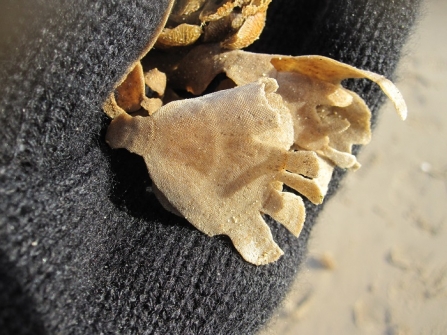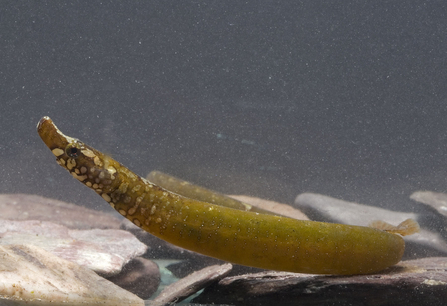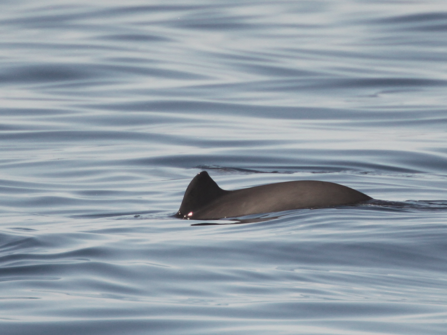Staycations mean more of us are set to discover the delights of our shores and coastal waters, as we visit the seaside for a summer break. And The Wildlife Trusts’ National Marine Week is celebrating the intriguing, weird and wonderful lives of shore dwellers and coastal citizens.
The Wildlife Trusts’ are asking people to celebrate our blue planet by making a one-minute coastal movie and posting it on Instagram or Twitter using #NationalMarineWeek; for the chance to be featured by The Wildlife Trusts on social media and win a prize. More details and T&Cs here.
Take a stroll on Lincolnshire’s golden sands, survey the strandline and watch the waves – and post your minute movie to celebrate the sea!
It’s not always easy to see but our sandy shores and sand dunes are home to a myriad of wildlife:



